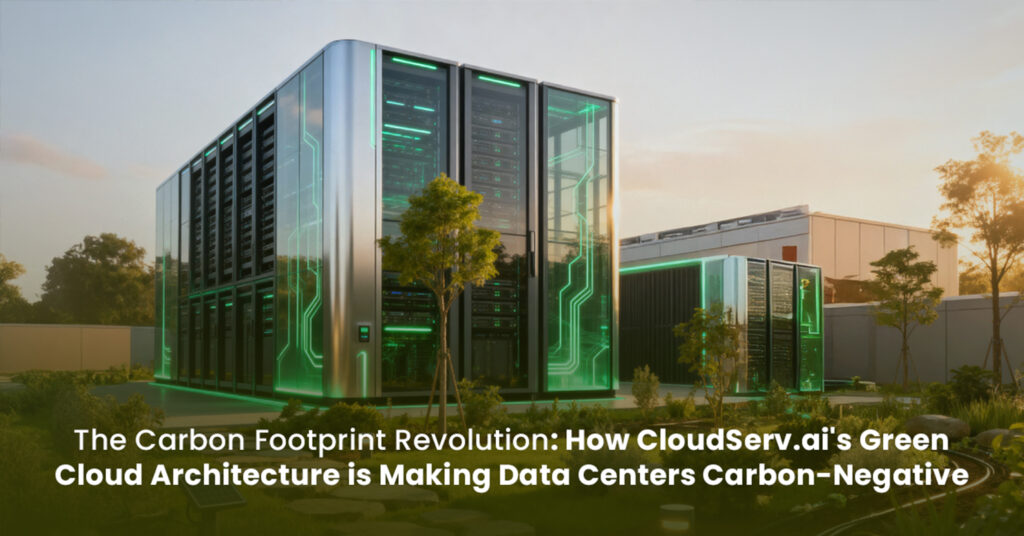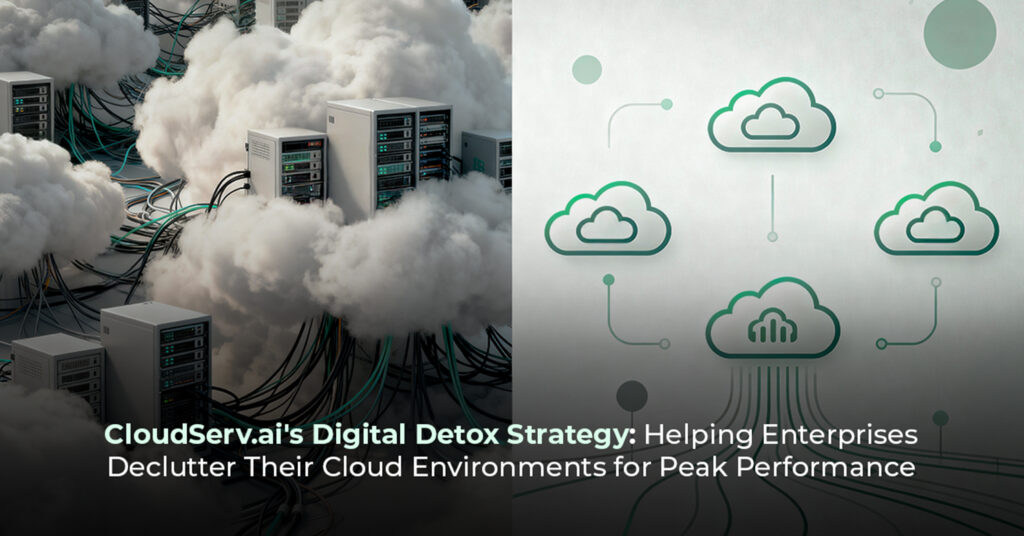The Cloud’s Carbon Blind Spot
For over a decade, the cloud has been marketed as inherently “green.” Shared infrastructure! Efficient data centers! Cleaner than on-prem!
But here’s the truth no one likes to say out loud: most cloud carbon numbers are still educated guesses. They’re based on regional averages, broad energy models, and delayed reporting not on what your actual workloads consumed last Tuesday at 2:15 p.m.
This disconnect has become the cloud’s biggest blind spot. Sustainability teams are asked to hit carbon targets, but their dashboards are powered by assumptions. Meanwhile, engineers deploying large-scale AI workloads have no idea how their compute decisions translate into real-world emissions.
It’s time to move beyond estimates and into metered truth.
From Modeled Carbon to Measured Carbon
Today, most carbon accounting for cloud workloads is estimate-based. Providers take the total energy consumption of a data center, divide it by tenant usage, and apply regional averages for grid carbon intensity.
It’s a clever shortcut — but it fails to reflect reality.
Think about it:
- Two workloads using the same number of vCPUs can draw vastly different power depending on their resource mix (GPU-heavy vs. memory-optimized).
- Carbon impact shifts hourly based on grid conditions a clean energy window at noon looks very different from peak demand at night.
- Cooling efficiency, temperature spikes, and regional renewable availability all fluctuate minute by minute.
And yet, our current tools still treat all that nuance as static math.
We can’t build sustainable systems on averages. We need measurements.
The Move Toward Metered Truth
The future of cloud sustainability lies in power-based carbon accounting — measuring actual energy use per workload, not estimating it.
Here’s how it works:
- Power telemetry from servers, racks, and cooling systems is captured in real time.
- That data is then tied to specific workloads — via VM IDs, container labels, or job metadata.
- Grid carbon intensity (grams of CO₂ per kWh) is applied to that power usage at the exact moment it’s consumed.
The result? Instead of saying “this data center emitted X tons of carbon last quarter,” we can now say,
“This model training run consumed 82 kWh of energy, resulting in 22 kg of CO₂, sourced 75% from renewables.”
That’s not a report. That’s operational truth.
Why This Matters Especially for AI
AI is changing the carbon equation completely.
A single large language model training run can consume hundreds of megawatt-hours of energy. GPUs, while immensely powerful, are also energy-hungry, often drawing 3–5× the power per node compared to CPUs.
Traditional, estimate-based carbon tracking can’t even begin to capture that complexity. With power-based metering, you can measure the carbon cost of every epoch, batch, or inference session. You can know which models are your sustainability culprits — and which are your efficiency champions.
It also allows teams to:
- Schedule GPU training when grid carbon intensity is lowest.
- Choose regions powered by renewables without guesswork.
- Report actual carbon impact per model, per job, or even per user request.
That’s not just accountability — that’s optimization.
Building Power-Aware Cloud Architectures
Once you can measure carbon at a workload level, you can start designing architectures that react to it.
Imagine:
- Kubernetes schedulers that deploy pods to regions with the greenest energy mix.
- FinOps dashboards that track cost and carbon side by side.
- AI training systems that automatically pause jobs when the carbon intensity of the grid spikes.
This is what’s emerging as GreenOps — where cloud cost, performance, and sustainability converge into one intelligent feedback loop.
When sustainability becomes a design signal instead of a compliance checkbox, engineers can make better decisions — not just cheaper or faster ones, but smarter ones.
Challenges on the Path to Metered Carbon
We’re not there yet — and the challenges are real:
- Most power meters in data centers weren’t built for per-VM granularity.
- Providers hesitate to expose raw power data due to competitive or security concerns.
- There’s no universal standard for how to report or verify per-job carbon telemetry.
But momentum is building. Governments, regulators, and enterprises are all pushing toward auditable sustainability. And hyperscalers know that transparency will soon be a customer expectation, not a differentiator.
The Future: Live Carbon Telemetry as a Cloud Metric
Picture your cloud dashboard a year from now.
Next to CPU, memory, and cost, you’ll see a new metric: Carbon Intensity (gCO₂/kWh) — updated every few seconds.
AI workloads will choose where to run based not only on performance but on real-time energy cleanliness. Schedulers will rebalance jobs when grids get dirtier. Developers will make deployment decisions with both cost and carbon context.
That’s where we’re headed a world where sustainability isn’t a spreadsheet exercise, but a live operational signal.
Final Thought: Truth Is the Real Innovation
Sustainability in tech has had plenty of ambition what it needs now is accuracy. Estimates got us started, but metering will take us forward.
When we can see, in watts and grams, the true cost of our compute, we unlock a new kind of intelligence one that optimizes not just for performance, but for the planet.
So ask yourself this:
If your cloud workloads could tell you their live power draw right now, what decisions would you change today?



